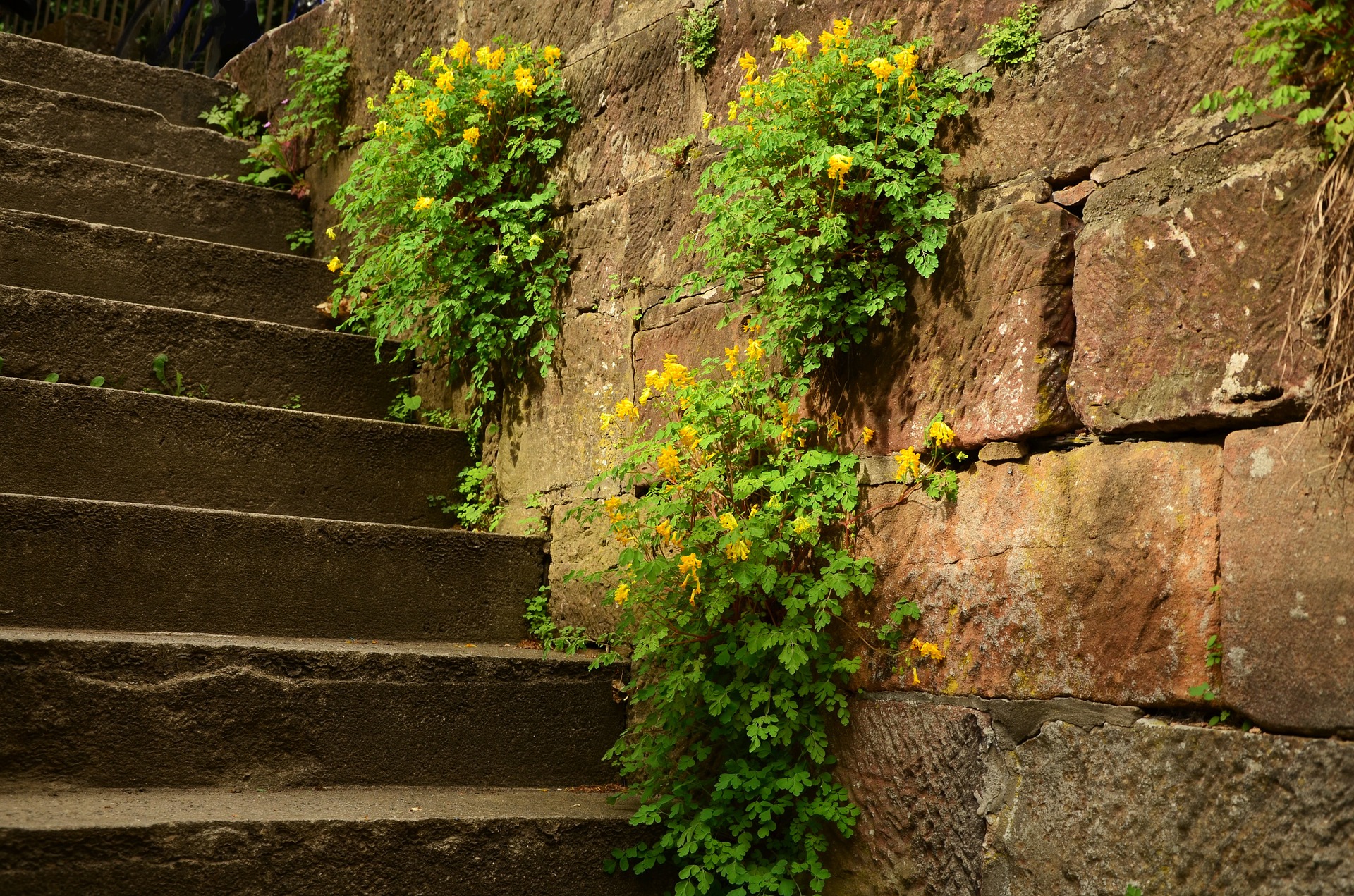Brick or stone steps are a beautiful and long-lasting option for steps leading up to your home or garden. However, the fact that they last long does not mean they will survive forever with no upkeep. The longer your masonry steps go without being checked, the more likely they are to develop dangerous flaws.
To avoid a serious fall and other damage, make sure that your masonry steps are safe. Read on to learn what the warning signs are and how to handle them.
Check the Mortar
The first problem to check for in your brick steps is a crack in the mortar. If this instability occurs, your bricks are likely to come loose and fall away, causing further damage. If an individual brick falls out, you likely have more ready to fall out. Be careful as you use the steps in case another area is compromised.
To fix this issue, you need to use a process called “tuckpointing”. Remove and replace the old, damaged mortar between the bricks. Essentially, tuckpointing requires taking a saw to cut out the joint or a hammer and chisel to repair the broken area. It is time-consuming but necessary for some materials. This process will kick up a lot of dust and dirt. Therefore, keep your windows closed and protect the work area to catch most of the debris. Wear eye protection in case mortar chunks fly out during the repair.
Check your mortar periodically especially before and after winters, but keep up on the tuckpointing to prevent more damage. Generally, the best time to fix the mortar is during fall if you live in an area that gets snow.
Inspect the Tread
If the mortar is secure, your next step is to check the tread – the part of the steps you walk on. If only a small corner is broken, you might be able to fix it with cement. However, larger breaks or cracks mean that the entire piece of tread will need to be replaced.
To check this, see if the broken part is supported by a riser – the part of the stair that is held underneath each tread. In other words, it is the vertical part underneath each step. If no riser support is present or it is loose that may also need to be repaired.
Once damage hits this stage, it is likely to be a problem you will not be able to fix simply. Sometimes, your entire footer for the step may need replacing if it was not properly done initially.
Look for Cracks in Concrete
If your steps are made of pure concrete, they may still suffer from pits, cracks, or little chipped areas. These small spots of damage can lead to larger fissures or parts of the stair that break off entirely. Thus, it is best to treat them quickly.
You can fill small cracks with caulk and a trowel after washing the damaged area. Spots that are still fairly small may only require some concrete patching compound. However, places where the concrete has begun to crumble or other large problem sites will need a more involved repair or maybe even a new step altogether.
If your problem is the concrete turning dark or producing some unsightly stains, it’s much easier to solve. Pressure-washing the stairs will make them look brand new. You can also use a wire brush to clear away the dirt and detritus. For small discolored or weathered areas that remain after power washing, use a resurfacing agent.
Consult a Professional
If you feel unsure about the condition of your masonry steps, need a second opinion, or are uncomfortable fixing the problem by yourself, seek out professional assistance. We are here to help ensure that your steps remain safe and use our expertise to provide quality upkeep. Contact us today to schedule a free quote.

